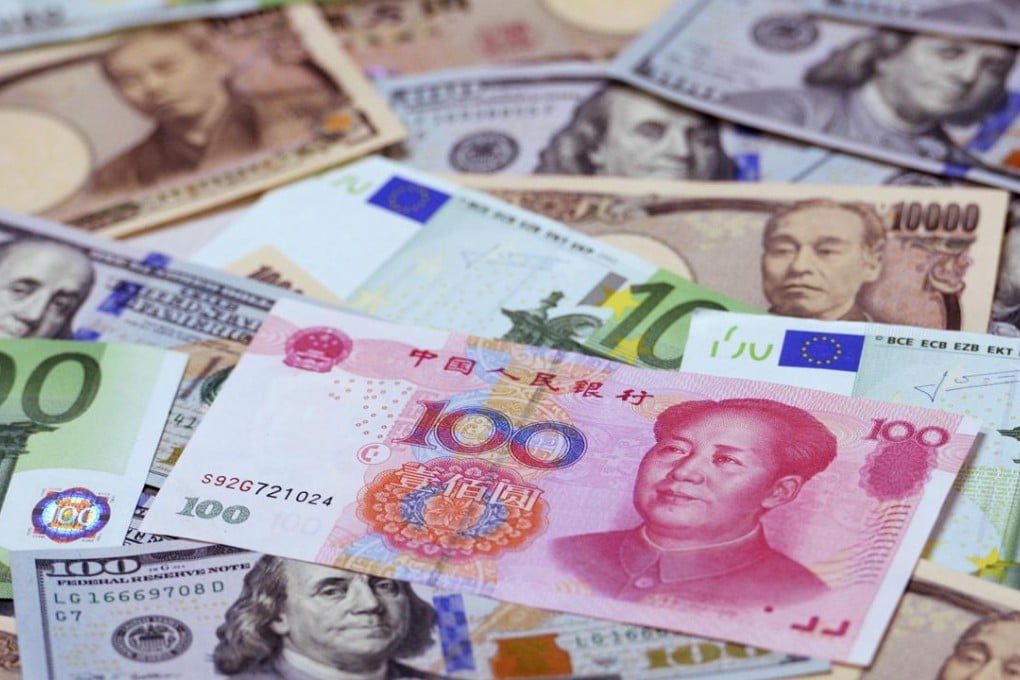New | China’s yuan index makes sense after its inclusion in IMF’s SDR
Now that the IMF has deemed the yuan to be ‘freely usable’ it makes perfect sense that the value of China’s currency should not just be viewed through the prism of its level against the dollar

It is surely no coincidence that the People’s Bank of China (PBOC) chose to announce a yuan index versus a basket of currencies, in parallel with the bilateral dollar/yuan exchange rate, just a short time after China’s currency was invited into the IMF’s Special Drawing Rights (SDR).
After all, as the posting on the PBOC website said, “Looking at international experiences, the Federal Reserve, the European Central Bank and the Bank of England all publish their own exchange rate indices.” The dollar, euro and pound sterling are all SDR constituents.
So why should China not follow suit and offer a similar point of reference?
In fact, many would argue that given China’s global footprint in world trade, the existing emphasis on the bilateral dollar/yuan exchange rate is already something of an anachronism.
Indeed, now that the International Monetary Fund has deemed the yuan to be “freely usable”, a key characteristic of any currency component in the SDR, it makes perfect sense that the value of China’s currency should not just be viewed through the prism of its level against the dollar.
That said, some may wonder why the announced 13-currency index does not include the Indian rupee, Korean won or Taiwan dollar, themselves currencies of some of China’s key trading partners in Asia.